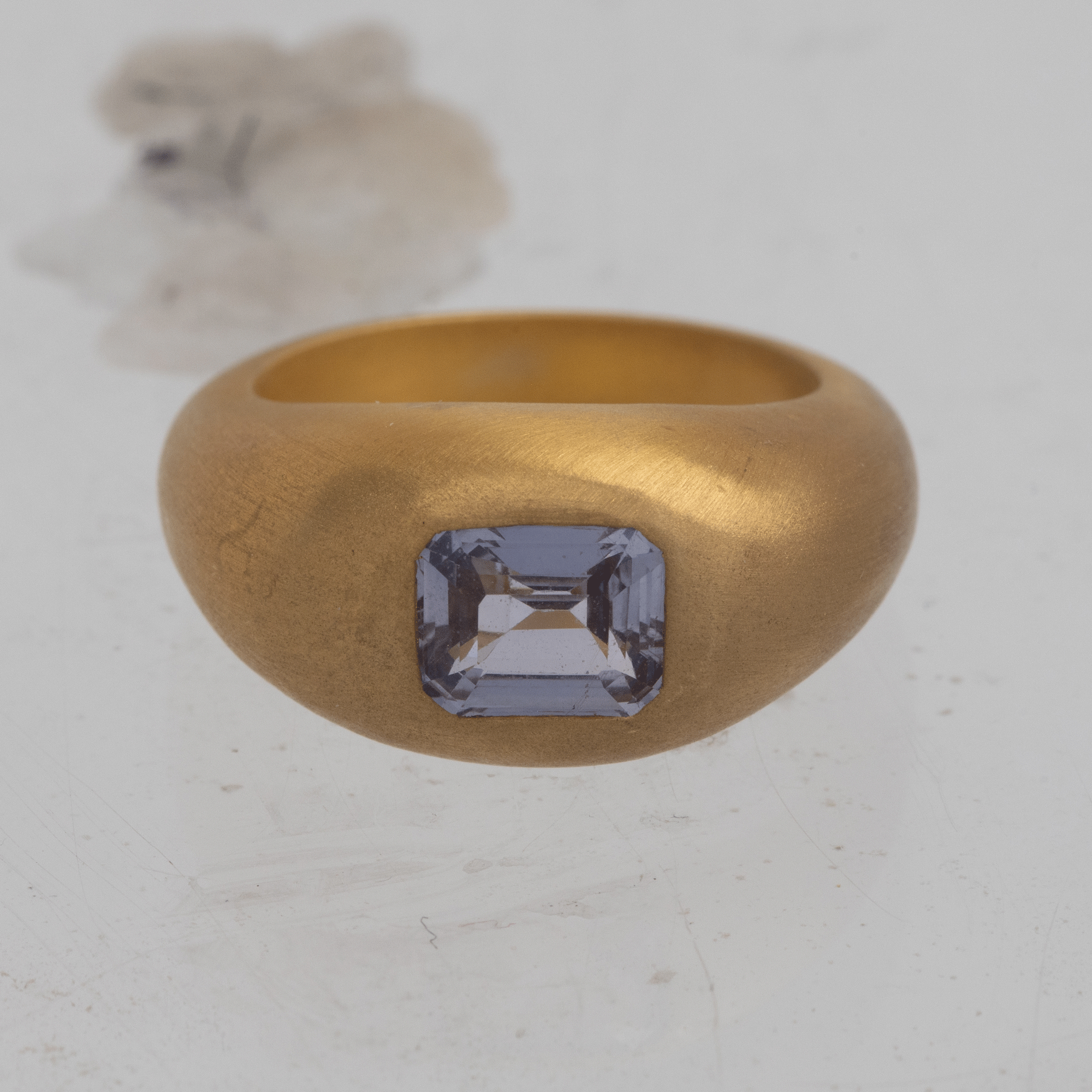
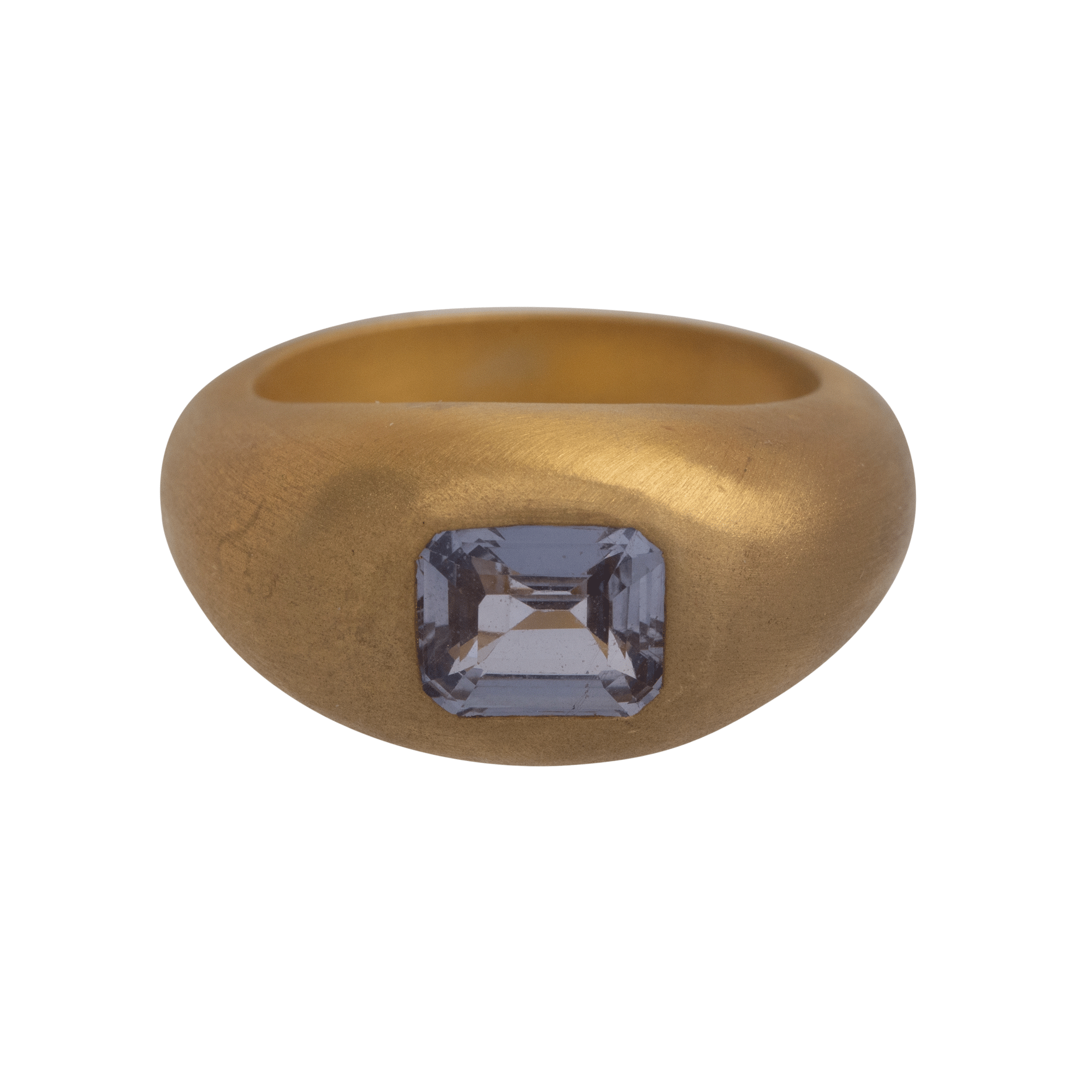
The basic clipping path is generally used for products that have a straight, rectangular, square, round, or oval shape. This is a simple category in which the product does not have any holes. Some examples of products that fall under this category are books, cups, monitors, mobile phones, balls, eggs, and so on.
Simple Clipping Path
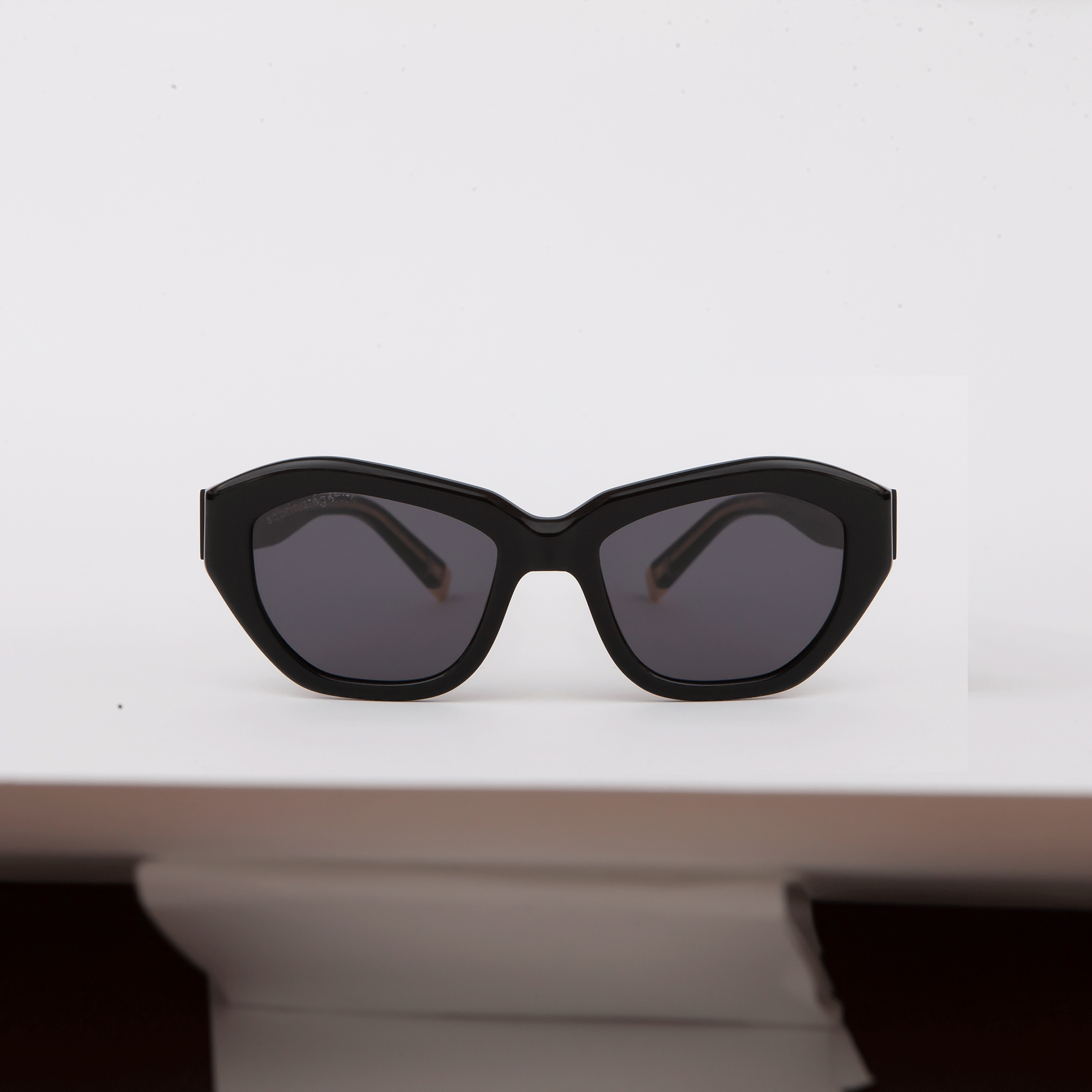
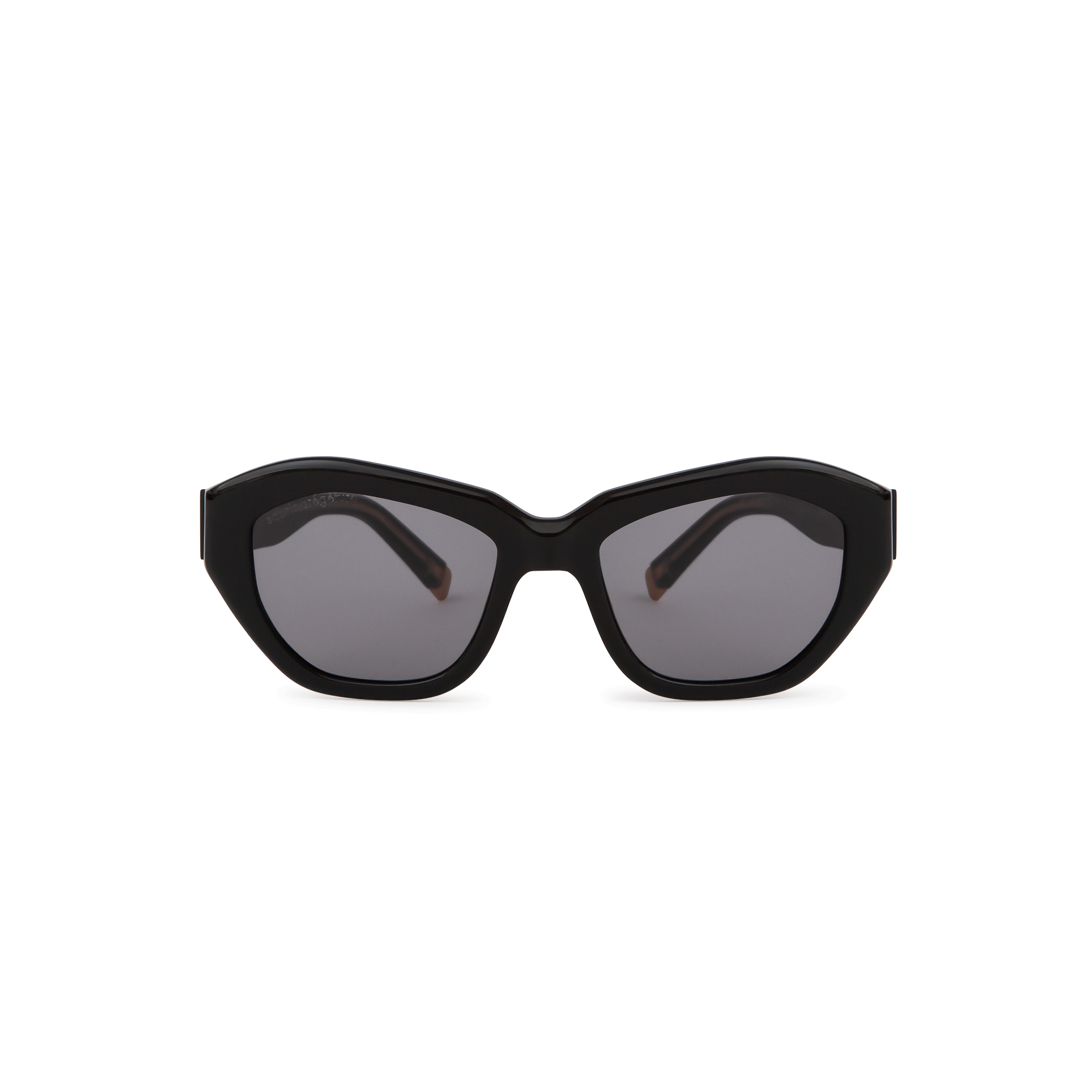
A simple clipping path is used for products with straight, square, rectangular, round, and oval shapes. However, the main difference between a simple and basic clipping path lies in the presence of a hole. In a simple clipping path, products such as shirts, pants, watches, glasses, and rings appear with holes.
Medium Clipping Path
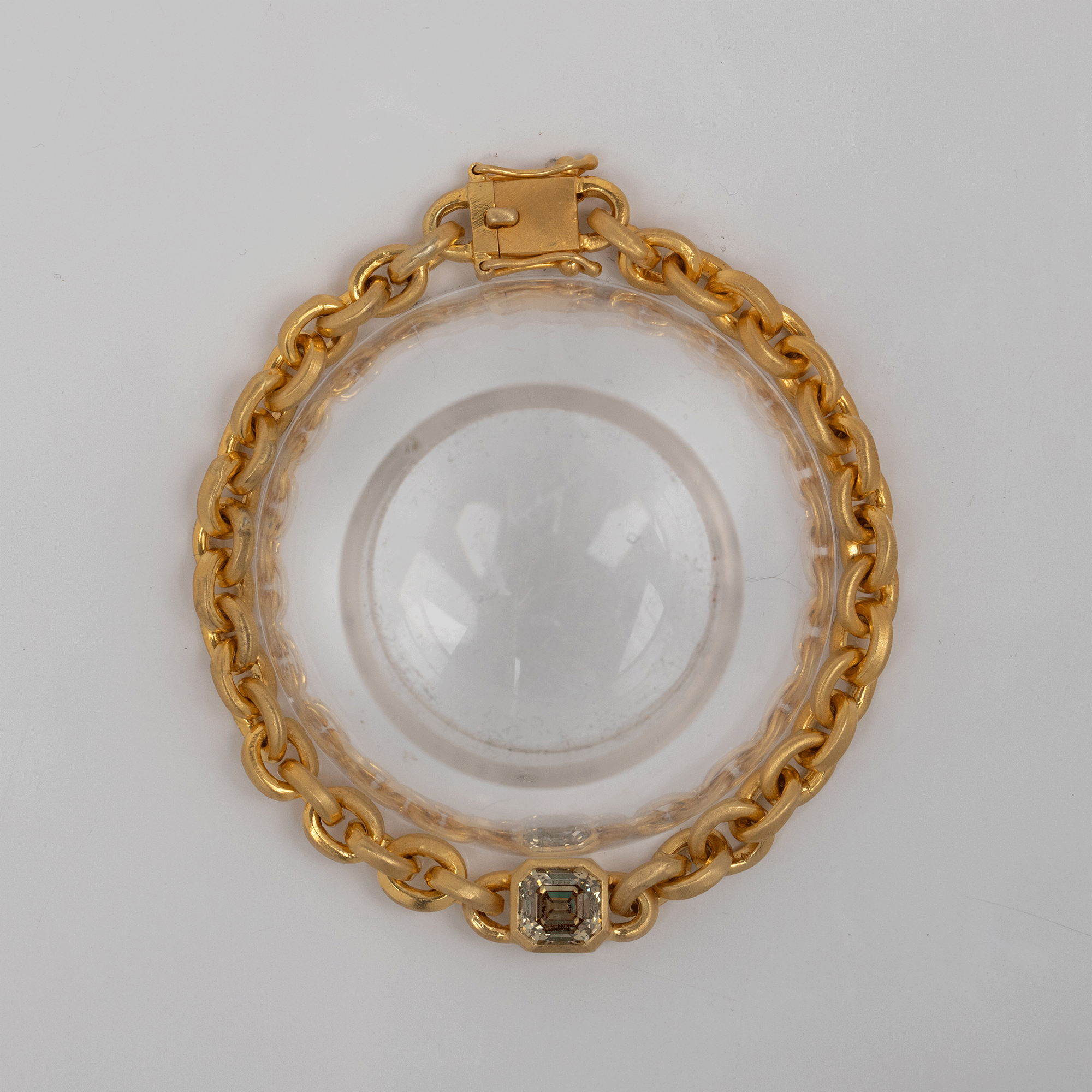
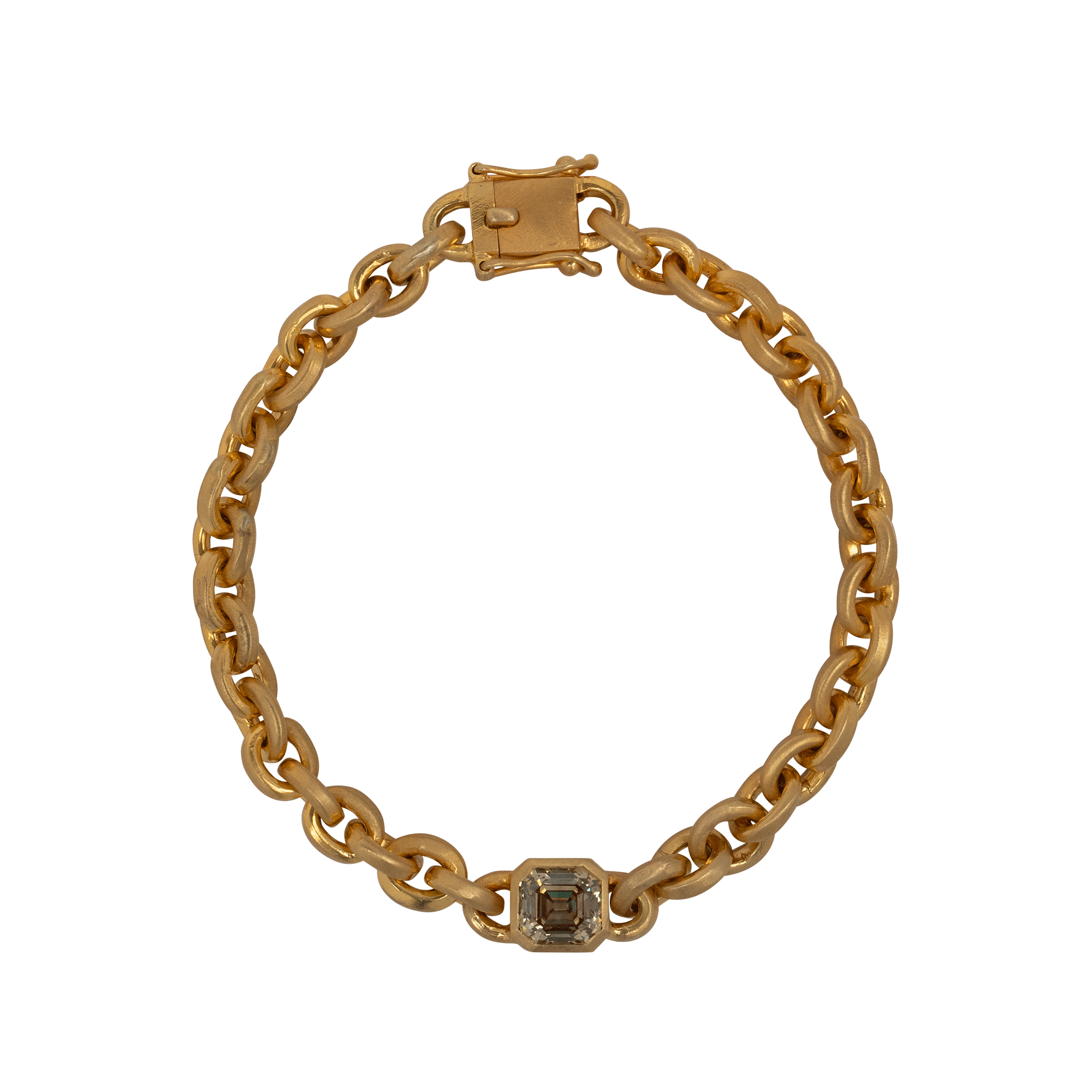
Medium clipping path is used to extract images that have complex shapes with multiple holes, curves and twists. Unlike simple clipping path, products that require medium clipping path contain several holes and show up with a higher number of anchor points. Examples of products that fall under this category include bracelets, shoes, knick-knacks, engine parts, sets of watches, and more.
Complex Clipping Path
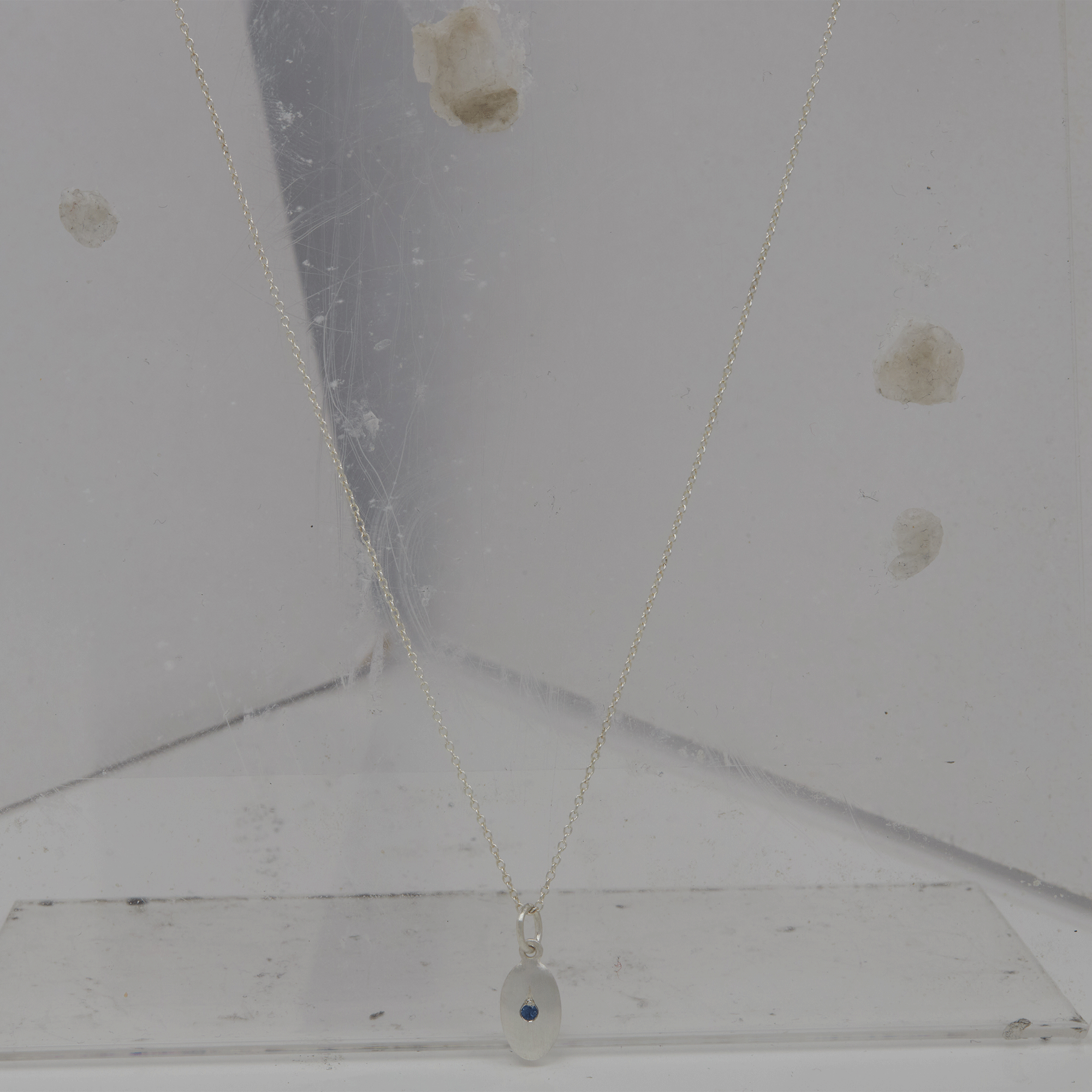
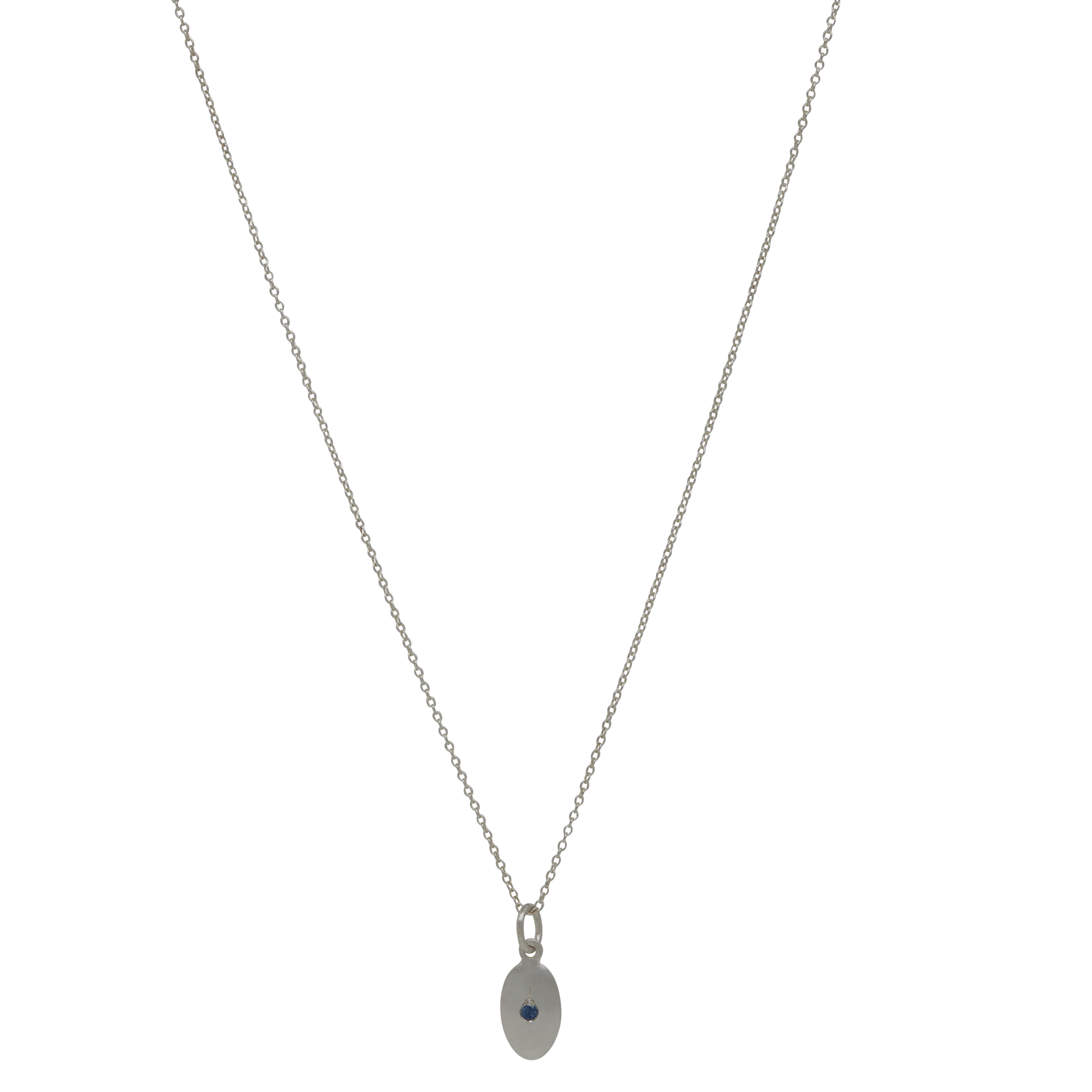
The term “Complex Clipping Path” is used for products that have intricate shapes and designs. This method is generally used for products with many holes (over 10) and many closed paths. Examples of such products include necklaces, chains, nets, furry dolls, chandeliers, trees, buildings, and more.
Multiple Clipping Path
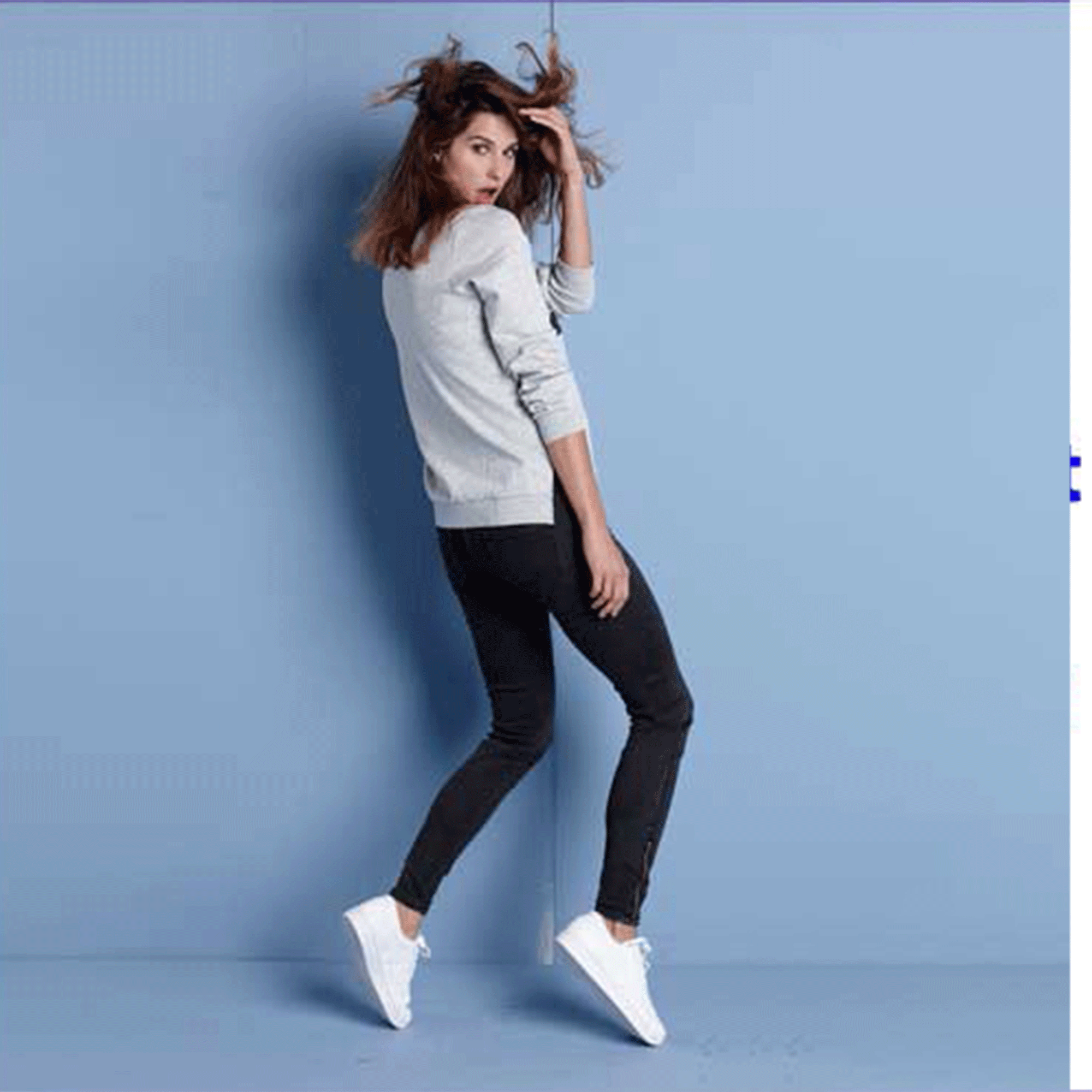
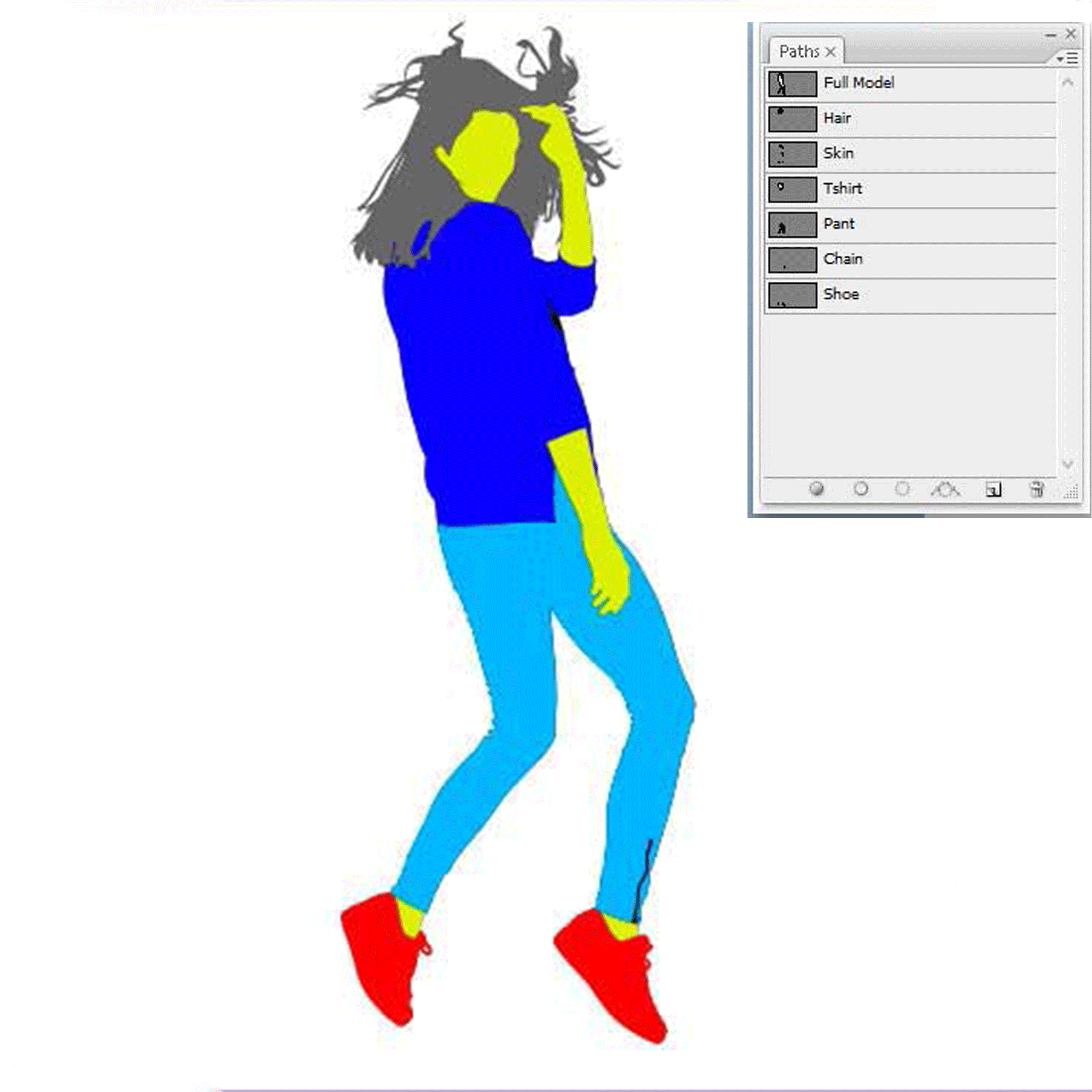
Multiple clipping path is a technique used for images that require the creation of multiple paths. This method allows the patterns and edges of the image to be outlined, giving customers the opportunity to create multiple images of the same product. For example, if there is a model wearing a shirt, pants, a cap, and a pair of shoes, we will create a separate path for each item. This ensures that each item can be edited or removed independently, without affecting the other items in the image.
Super Complex Clipping Path

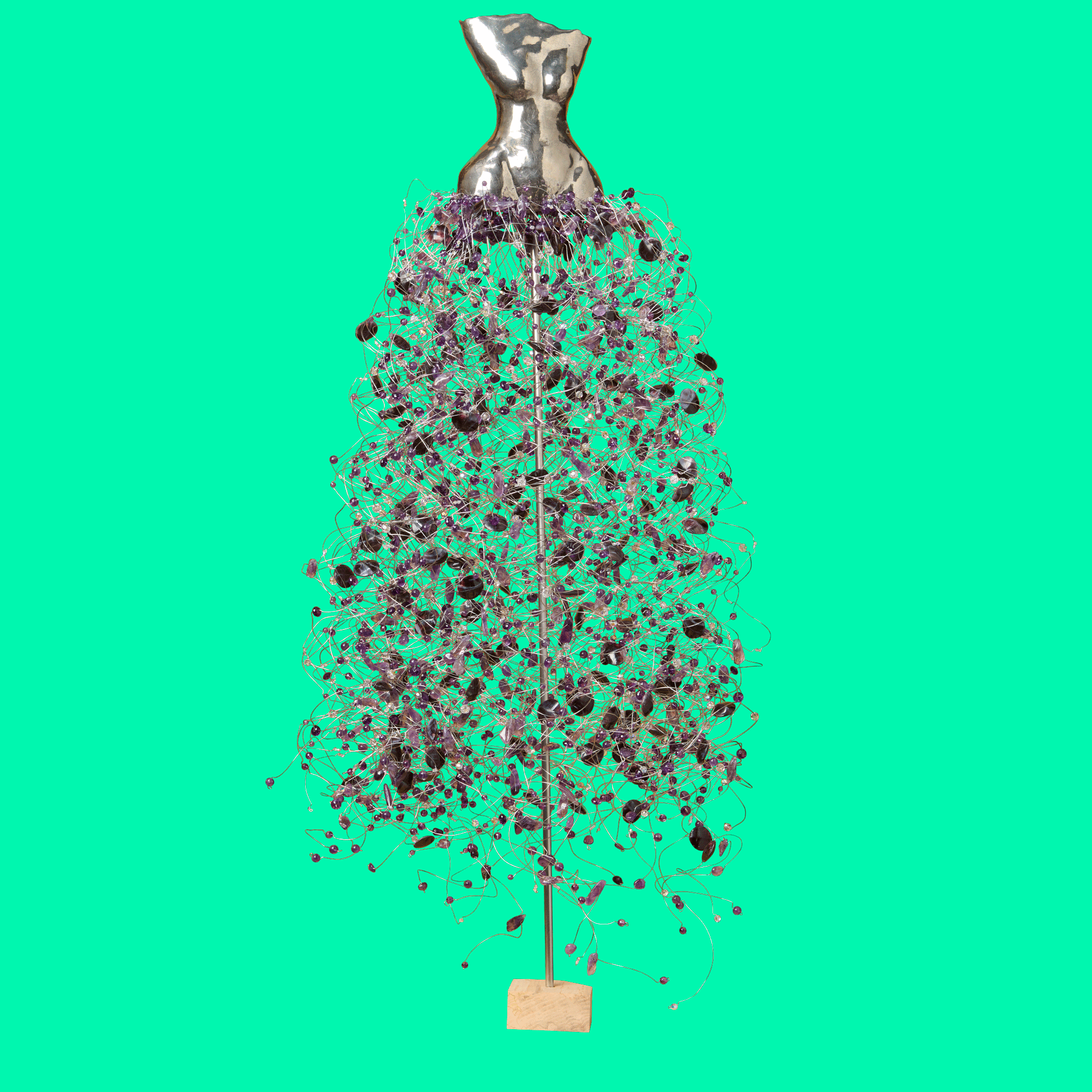
Numerous images have a vast number of anchor points and paths that require a complex clipping path technique. This technique is used for objects with high intricacies such as bicycles, motorcycles, cars, groups of people, collections of food items, sets of jewelry, and more. However, this method is extremely time-consuming and laborious due to the excessive intricacies of the products.
